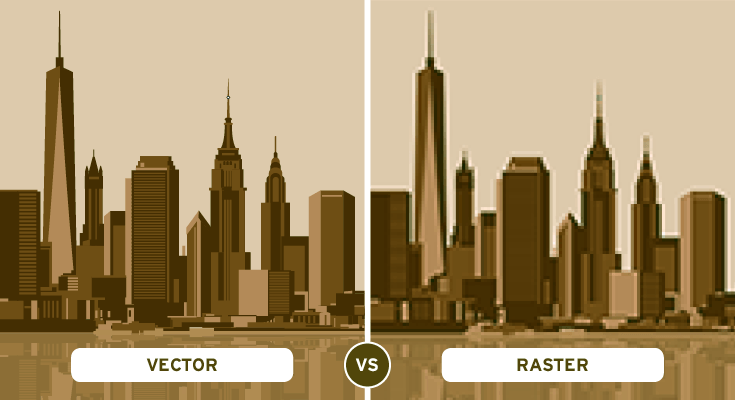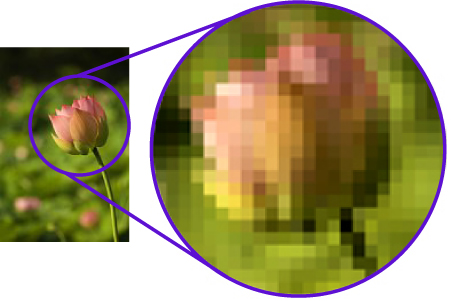
Grid cells are an ideal data structure for applications involving terrain analysis. Raster GISs (grid cell) work by storing attribute data as grid cell values. By pedigree, I mean was the GIS map digitized from a paper map or a stable based (mylar) map, was the original map large scale or small scale, what was the purpose of the map, etc. Professionally surveyed vector GIS maps can be precisely accurate, but vector maps that have their origins in paper maps will reflect the pedigree of the original map. At its simplest, the database functionality allows users to do things like click on a land parcel and find out who owns it. Some databases are simple and some are very complex. Vector GISs have databases attached to them. Vector GISĪ vector GIS works by storing three types of geography – points (a power pole), lines (a power line) and polygons (a power utility service area) in a geographical database, and their attributes are stored in a separate database They are used to represent geographies that vary continuously – things like digital terrain models, subsurface water models, weather models and satellite imagery (a discussion of models is a whole other topic). Raster GISs are also known as grid cell GISs and sometimes pixel GISs. However, the primary purpose of the raster GISs is to analyse the values of each pixel rather than just display them. Most vector GISs can display bitmap backdrops of air photographs and satellite images.

Vector GISs are used to display maps of roads, land ownership and buried infrastructure – the sorts of maps that you’re used to seeing in google maps.

For example, Digital Elevation Models models (DEMs) that took hours to produce in the early days of GIS, now complete in seconds.īroadly speaking, vector GISs are most suited to applications that involve the social and engineering sciences, and grid cell (raster) systems to applications that involve the natural sciences. These concerns were real at the time, but no longer apply. Much of the angst about Raster vs Vector GIS needs to be seen in the context of the flakey GISs, flakey computers, inefficient computer algorithms and slow computers that existed in the early days of GIS. The geographical problem you’re trying to solve and the maps you have to solve the problem most often make that decision for you. The Raster vs Vector GIS question is rarely one you need to worry about these days. Raster and vector Geographical Information Systems operate differently and are used to address different types of geographical problems.


 0 kommentar(er)
0 kommentar(er)
